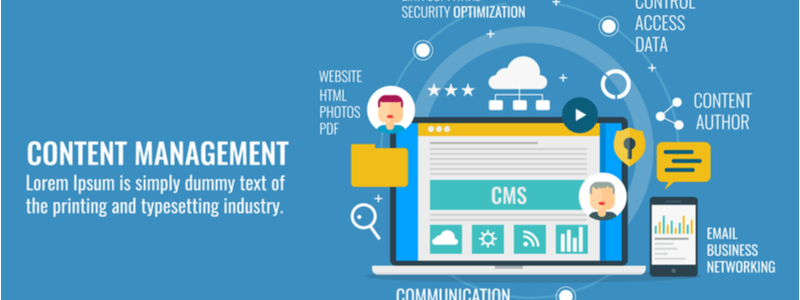The Pocket Guide to the Connected Content Lifecycle
As a marketer, you’re likely feeling today’s challenges of powering differentiated digital experiences that create lasting relationships with your customers – and ultimately drive your business forward.
The fast-changing consumer market is forcing all brands to address how they are delivering engaging, personalized content at scale and speed. You likely have people in your organization that can provide support, along with data to help target the right audience with the right message.
This pocket guide outlines key ingredients and tips on making it all work together; they include:
- Know your customers
Who are the people you want to reach and how, when, and where do they consume your content?
The key is taking a deep dive into your organization’s customer intelligence data. This will help you truly understand who they are and uncover the information needed to start effectively driving personalized experiences.
- Divide and conquer
The only way to personalize is to offer a service that is tailored to what an individual needs, wants, or desires. The ultimate objective of your content should be to give you real-time insights into how effectively you are interacting with customers.
By identifying your most important customer segments, their needs, and their paths to becoming your customers, you can generate quick wins. Develop your content strategy based on these segments to appeal to those audiences.
- Put your plan into action
Understanding your audience is crucial, but an equally important part of the content lifecycle is ensuring that content production is a seamless process.
The right tools and the right planning will result in a content supply chain that runs effectively and avoids operational inefficiencies and confusion.
- Hit your target, analyze, and learn
Measure your content’s performance from your channels. See how visitors are moving through your website via their interactions with your content, identify which types of content are being consumed the most, and then optimize inefficiencies by identifying underperforming content so you improve the next time around.
- Bring it all together
The steps to creating an effective content lifecycle covered in this guide can only truly work if they are operating within an end-to-end solution.
This solution should be capable of supporting content management, delivering content at scale, and optimizing personalized experiences with customer behavior data.
